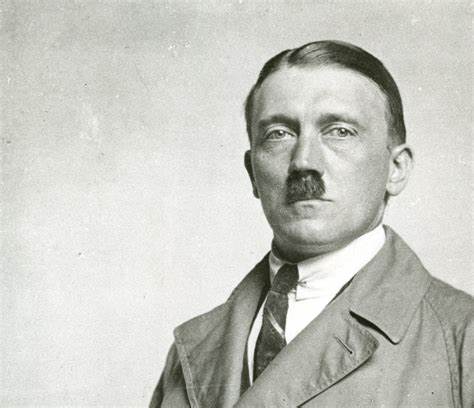Poland
Grades 7+
The Poles have a long history of re-emerging out of oppression.
Mid-1200s They unsuccessfully fight the invading Mongols.
1410 They defeat the invading Teutonic (German) kings.
Mid-1600s The Swedes invade and devastate the country.
1683 Poland’s King John III Sobieski leads an army that saves Vienna, the capital of Austria, from falling to the invading Muslims. Had that battle been lost, most if not all of Europe would likely have been conquered by the forces of Islam.
∗
1791 Poland becomes the second country in the world – after the United States – to write a constitution that gives power to the people. Austria, Prussia (Germany), and Russia immediately invade.
1795 Poland officially ceases to be a country. Divided by the three powers, it is erased from European maps.
∗
1918 World War I ends. Germany and Austria-Hungary are defeated by the Allied forces of Great Britain, France, and the United States and Russia becomes embroiled in the Communist Revolution.
1939 Germany and Russia officially agree not to fight one another. Unofficially, they agree both to invade Poland. Germany invades Poland on 4 September, setting off what will become World War II, and Russia invades two weeks later. By the end of the war, 20% of Poland’s population, including 90% of its Jews, will have been murdered.
∗
August, 1944.
Warsaw, Poland’s capital. Thousands of Nazi troops lie dead or wounded. Despite having been conquered for five years, the ill-equipped Poles have achieved something that seems impossible. The Polish resistance fighters have inflicted serious damage on Hitler’s forces.
 In retaliation, by an order from Hitler himself, German forces destroy the city methodically and systematically. Orange flames illuminate the sky. Buildings crumble, obliterated by Nazi tanks. Everywhere, gunfire and explosions echo.
In retaliation, by an order from Hitler himself, German forces destroy the city methodically and systematically. Orange flames illuminate the sky. Buildings crumble, obliterated by Nazi tanks. Everywhere, gunfire and explosions echo.
As fires spread, smoke fills the air. Ninety percent of the city’s Old Town is reduced to rubble. Most of the city’s iconic landmarks are in ruins. What was once a vibrant, beautiful city is gnarled, smoking chaos. Warsaw is unrecognizable. People stumble along the streets in shock, unable to believe the destruction that had been wrought upon the beloved capital.
∗
May 1945.
The Poles are more determined than ever for Warsaw to grow out of its ashes.
The once bustling boulevards are now rubble, broken walls, and empty streets. But the city begins to rebuild. Stone by stone, brick by brick, street by street.
They are guided by the cityscapes of the 18th century Italian painter Bernardo Bellotto. Two hundred years earlier, he had painted a series of detailed vedute, or “views,” of the city during its golden age. His beautiful, accurate views provide the blueprint to restore Warsaw to its former glory.
But there is terrible sadness. Twenty percent of Poland’s population, including 90% of its Jewish population, are dead. Millions of orphaned children abound. People of all ages are crippled for life, unable to walk or even speak.
∗
February 1945 Three months before the war ends, Franklin D. Roosevelt (USA), Winston Churchill (Great Britain), and Josef Stalin (Russia) meet at the Yalta Conference, during which they divide up the war-ravaged continent. The Soviet Union, under Stalin’s dictatorship, receives Poland.
August 1980 Led by shipyard electrician Lech Walęsa, Poland’s the shipyard builders form a trade union, which is illegal under Soviet law. But the union grows despite Soviet anger. It becomes the first crack in the Soviet wall of oppression and will eventually bring about the fall of the Soviet Union.
December 1990 Walęsa becomes Poland’s first president.
∗
As Poland has taught us, oppressors can kill and destroy, but they can never take away hope.
Poland Activity 1
Draw a syntax tree for the sentences below.
- Poland’s King John III Sobieski leads an army that saves Vienna, the capital of Austria, from falling to the invading Muslims. (Count King John III Sobieski as one word.)
- Twenty percent of Poland’s population, including 90% of its Jewish population, are dead. (Count the % as a word.)